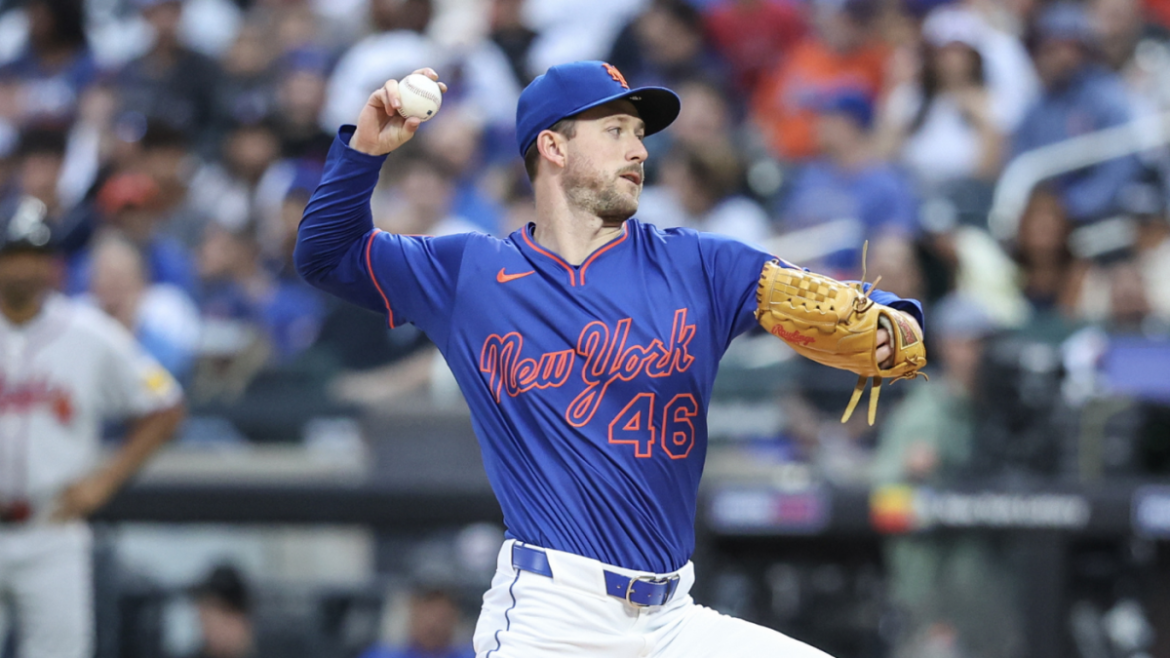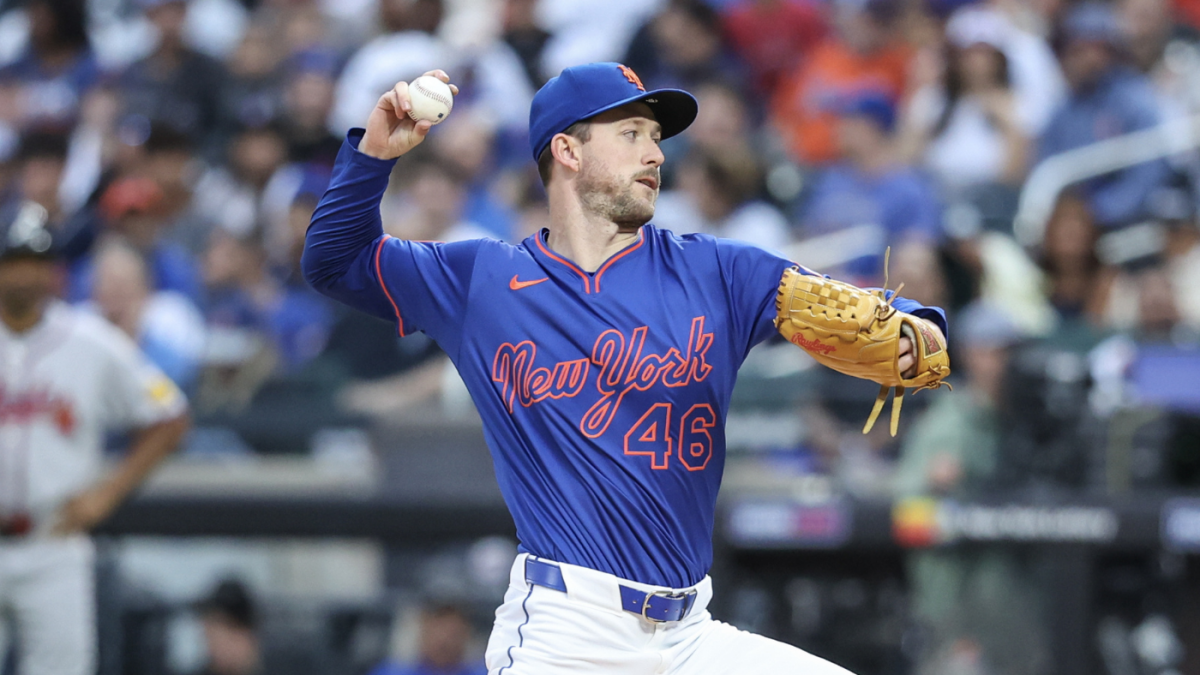Griffin Canning’s Achilles injury is a significant setback for both the pitcher and the New York Mets, highlighting the fragility of professional athletes and the challenges teams face in managing injuries. The injury occurred during a game against the Atlanta Braves, where Canning exited in the third inning after experiencing a severe injury to his left Achilles tendon. The diagnosis of a ruptured Achilles was confirmed by MRI scans, leading to Canning being placed on the 60-day injured list. This injury is particularly devastating for pitchers, as it requires a lengthy recovery period and can have long-term implications for their performance.
The Nature of the Injury and Its Impact
Achilles tendon ruptures are among the most severe injuries in sports, often requiring surgical intervention and extensive rehabilitation. The injury typically occurs due to a sudden and forceful loading of the tendon, which can happen during abrupt changes in direction or pushing off the foot while running. Although more common in sports like basketball and tennis, Achilles injuries are no less impactful in baseball, especially for pitchers who rely heavily on lower body strength and stability.
For Canning, the injury marks a abrupt halt to what had been a promising start to the 2025 season. Prior to the injury, he had posted a 7-3 win-loss record with a 3.77 ERA across 16 starts, making him a key contributor to the Mets’ rotation. The loss of Canning not only deprives the Mets of a vital starting pitcher but also disrupts the team’s strategic plans for the season. The Mets have had to rely on their bullpen and promote minor league pitchers to fill the gaps left by Canning’s absence, highlighting the team’s adaptability in the face of adversity.
The Road to Recovery
The recovery process for an Achilles tendon rupture is long and arduous, typically requiring 9 to 12 months of rehabilitation. For pitchers, the recovery is even more challenging due to the demands of pitching on lower limb mechanics. The rehabilitation process involves regaining strength, flexibility, and confidence in the injured leg to handle the stresses of pitching delivery. Physical therapy, strength training, and progressive throwing exercises are all part of the recovery process.
Psychological factors also play a crucial role in the recovery process. Adjusting to the reality of long-term absence and the uncertainty of regaining pre-injury performance adds a layer of complexity beyond the physical aspects. Canning will need to manage his expectations and remain patient throughout the recovery process, as returning to high-level competition and refining pitching effectiveness post-recovery can be a lengthy journey.
The Broader Implications for the Mets and MLB
Canning’s injury underscores the persistent challenge of maintaining pitching depth and managing injury risks in a physically demanding role. Teams invest heavily in scouting and developing minor league talent as insurance against such sudden losses, but unexpected injuries still create immediate disruptions. The Mets’ rapid promotion of minor league pitchers to fill rotation gaps exemplifies a strategic approach that balances competitive goals with realistic personnel constraints.
Moreover, this injury calls attention to ongoing discussions about workload management for pitchers, injury prevention strategies, and the evolving roles of analytics and biomechanics in preserving player health. The Mets’ ability to adapt to Canning’s absence will be a testament to their organizational resilience and strategic foresight.
Conclusion: A Test of Resilience
Griffin Canning’s Achilles injury is a significant setback, but it is not insurmountable. The injury narrates a story of resilience in professional sports—a test of medical expertise, player determination, and organizational agility. While the remainder of the 2025 season is off-limits for Canning, the coming months will define his resolve and the Mets’ ability to adapt. With meticulous rehabilitation, support systems, and strategic roster maneuvering, there remains hope for a powerful comeback.
The Mets’ season continues, shaped but not shattered by this loss, reminding all that the true game extends beyond the diamond, into endurance and rebirth. The injury serves as a reminder of the fragility of professional athletes and the challenges teams face in managing injuries, but it also highlights the resilience and adaptability of both the player and the organization. The road to recovery will be long, but with the right support and determination, Canning can make a successful return to the mound.





